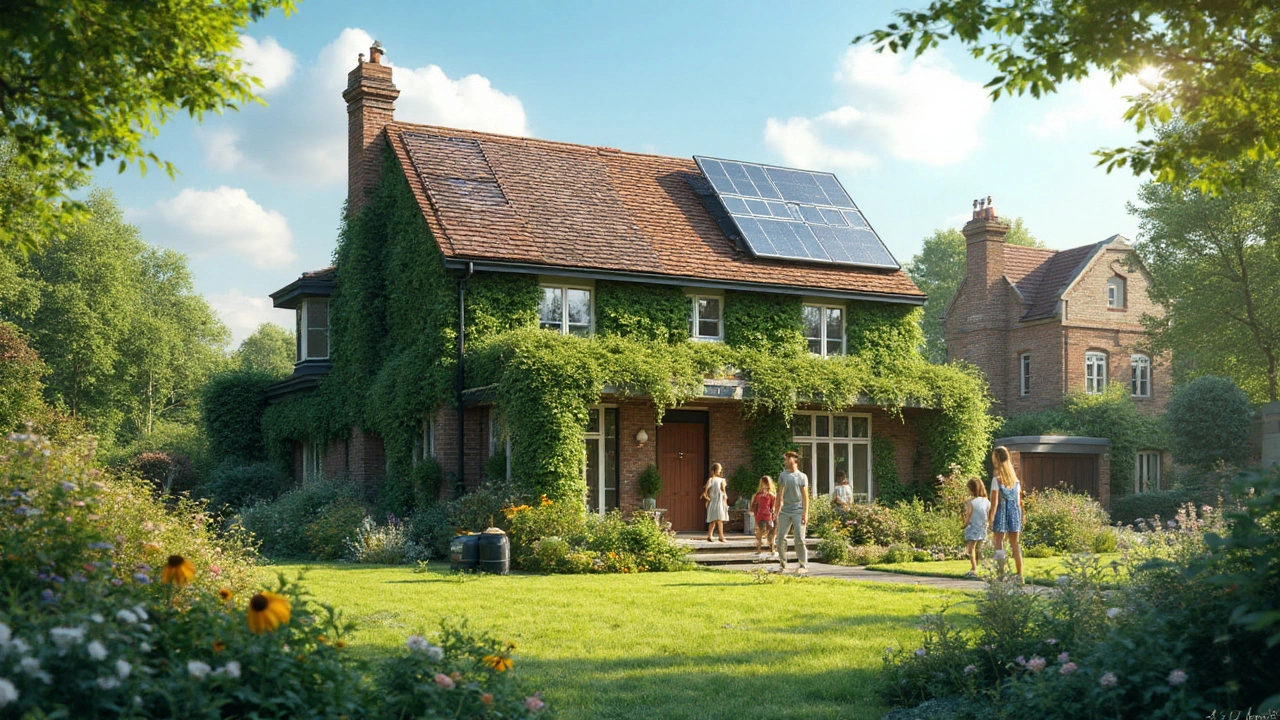
Eco Homes Cost: What You Need to Know Before Building
Thinking about a green house? You probably wonder how much it will actually cost. The price tag can feel scary, but breaking it down helps you see where the money goes and where you can save. Below we cover the big cost drivers, common hidden fees, and practical tips to keep your eco home project affordable.
Key Cost Drivers for Green Houses
First, the size of the house matters. A 150‑square‑meter eco home will cost more than a 80‑square‑meter tiny house, simply because you need more materials and labor. Next, choose the right construction method. Prefab and modular green homes often cost less than fully custom earth‑ships or timber‑frame projects because factories can cut waste and labor time. Materials are another big factor: certified timber, recycled steel, or hempcrete usually have higher unit prices than standard bricks, but they also bring long‑term savings on energy bills.
Energy systems add a noticeable chunk to the budget. Solar panels, heat‑pump water heaters, and high‑performance insulation all require upfront investment. On the flip side, a well‑designed passive‑solar house can reduce the need for expensive mechanical heating, so the total cost may even level out over time. Finally, location influences price. Building in a remote Highland area might mean higher transport costs for materials, while a site near a supplier can shave a few thousand pounds off the bill.
Tips to Keep Your Eco Home Budget in Check
Start with a realistic budget worksheet. List every line item you can think of—land, design fees, foundation, framing, insulation, windows, renewable energy, permits, and a contingency of at least 10 %. Having numbers on paper stops surprise expenses later.
Choose a design that fits the site. A house that follows the natural slope, uses existing trees for windbreaks, and takes advantage of solar orientation reduces grading work and heating loads. Simpler rooflines and rectangular footprints also cut material waste.
Buy materials in bulk or look for reclaimed options. Salvaged timber, recycled brick, or second‑hand windows can dramatically lower material costs while keeping the eco‑friendly vibe alive.
Consider phased construction. You might install the shell and basic utilities first, then add solar panels or a rainwater harvesting system later as funds become available. This spreads the expense and lets you see the house’s performance before committing to every green feature.
Work with a builder experienced in sustainable projects. They’ll know where to save without compromising performance and can help you avoid costly mistakes like over‑insulating or under‑ventilating.
Lastly, factor in long‑term savings. A £30,000 investment in a high‑efficiency heat pump could shave £1,500 off your annual energy bill, paying itself back in about 20 years. When you add up reduced heating, cooling, and maintenance costs, many eco homes end up cheaper to live in than conventional houses.
Bottom line: eco homes can be as pricey as you make them. By understanding the main cost drivers, planning for hidden expenses, and using smart budgeting tricks, you can build a sustainable house that fits your pocket and the planet.
